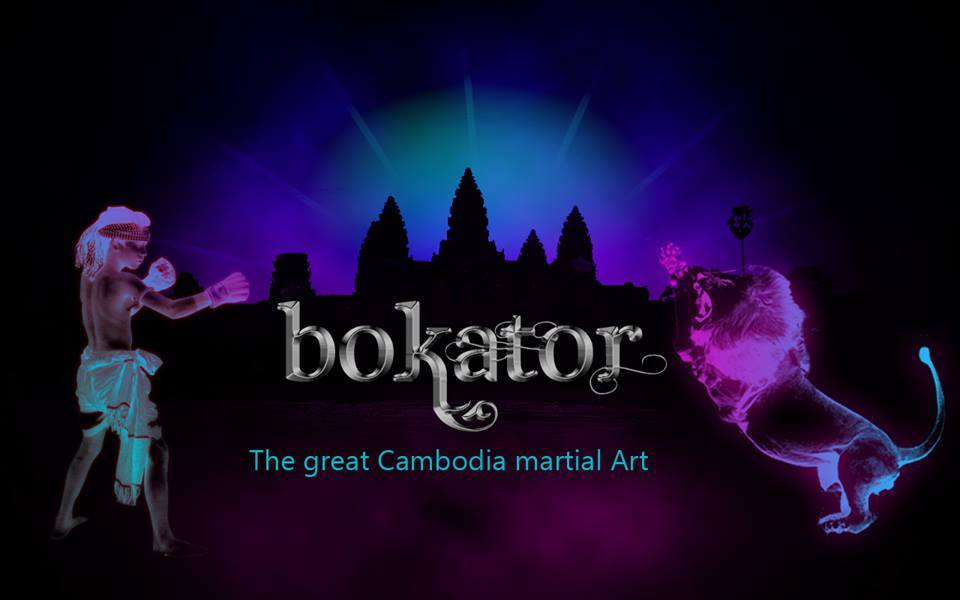The world record amount publicly-paid for a Khmer sculpture stands at USD2
Khmer Art Overseas (re-post):
The world record amount publicly-paid for a Khmer sculpture stands at USD2,113,000 (yes, more than 2 million US dollars), for a standing stone statue known as the Baphuon Uma, at an auction at Christie’s of New York on 21 March 2008. It was a record-breaking week for Christie’s, their Indian and Southeast Asian Art sales recorded a total of just short of $22 million, and their total Asian Art sales reached a staggering $80 million. The current whereabouts of the $2 million Baphuon Uma is not known, though likely out of sight in a private collection. As to where it came from originally, we may never know. Christie’s provenance records suggest it was with London art dealers, Spink and Son in 1968, a company whose reputation has been plunged into the abyss by their intimate ties to disgraced dealer Douglas Latchford (who began his illicit hoard of Khmer artifacts in the 1960s), together with gallery owners Doris & Nancy Weiner. In the 70s and 80s, Spink was known as a clearinghouse for Asian antiquities, many of which were of dubious provenance. Intriguingly, Christie’s bought-out Spink in 1993, and ended their sales of Asian art in 2000. At some stage, the Baphuon Shiva entered the Alice M Kaplan Collection – it was highlighted in a 1981 review of the collection; Kaplan died in 1995 after a lifetime of acquiring artworks – before reaching the Christie’s auction in 2008.
This polished sculpture of Uma, the wife of Shiva and just under four feet tall, was sculpted in the first half of the 11th century, during the Khmer art style period of the Baphuon, hence its nickname. Sensuality and grace characterize the Baphuon style, which arguably marks the highpoint in the rendition of the female form in all of Khmer art. The figure is in the prime of youth and her face bears a gentle smile, the sampot is executed with finely pleated cloth forming a fishtail sash down the center. Her right hand is held in a distinctive gesture with her forefinger almost touching her thumb, forming a ring where a lotus blossom would’ve been placed. She has beauty lines under her breasts and chin, braided hair with a spiral topknot as opposed to a more typical braided dome, with a diagonal tuck of the robe at the back. Her feet and left hand are missing. Similar sculptures of the period have been assigned as Lakshmi, the wife of Vishnu, and without specific attributes, a question mark remains as to the statue’s correct designation. What is known, Uma, who was also known as Parvati, was revered as the epitome of benevolence, beauty and grace and would’ve accompanied a larger statue of her consort, the all-powerful Shiva, inside their temple home.
Hugo Weihe, International Director of Asian Art for Christie’s was understandably cock-a-hoop at the auction result, which doubled the previous high for a Khmer sculpture, shattering all known records. The previous leading ticket-price for a Khmer artifact had been held by another sculpture of the goddess Uma, an auction that was also handled by Christie’s in New York, of US$1,127,500 in September 2004. That Uma too was in the hands of Spink and Son in 1984. All very fishy and almost certainly with Latchford fingerprints all over it. On my personal blog at the time of the auction, I was pissed that a Khmer art piece, without in my view serious authenticated provenance, could be sold at one of the most prestigious auction houses in the world. My naivety was clearly on display. It was in fact just one of countless Khmer artifacts that fell under the gavel at Christie’s and Sotheby’s around that time, almost certainly lost to the motherland forever.
About Me
I have graduate from BUILD BRIGHT UNIVERSITY(BBU) AND PREAH SIHANOUK RAJA (SBU) I work at Khmer Plus Computer Address: #156BE, St.63 (Trasak Phaem), Sang kat Chaktomok, Khan Daun Penh, Phnom Penh And Much More... Hey..My name is Thol Un Welcome To my site! Hope it will help you! Nice to know you! Indroduce My Self -My name is Thol un.I come from Kompong cham Province -Now I am staying at Langka pagoda .I have graduated from Build Bright University -My Major is Information and Network Technology -I am Working at Khmer Plus Computer -I want to get experience From your Company and develop your Company to be More Successful forever
Thanks for Support
Copyright©️:2021 All Rights Reserved. @Mr. Thol Un Hi every body, In this video I want show about the people success with Website, All This The Result From Website Partnership. Make money online speak Khmer: Please Followers My Website to Get More Videos!! Giving Dharma Is Better Than Giving Things!! Thanks for Support My Website !! This Website is created for the purpose of spreading the Entertainment Cambodia and other History Khmer, Dharma Khmer, Cooking Khmer by posting videos in Website Blogger or Blogspot YouTube and Facebook Page. Thanks and thanks for the support for this Website ..! Thanks For watch all this Website !❤ Like ✅Share ☑️ Comment❤ Kindly donate to the ABA Bank : ❤Thol Un❤ ❤001885833❤
















